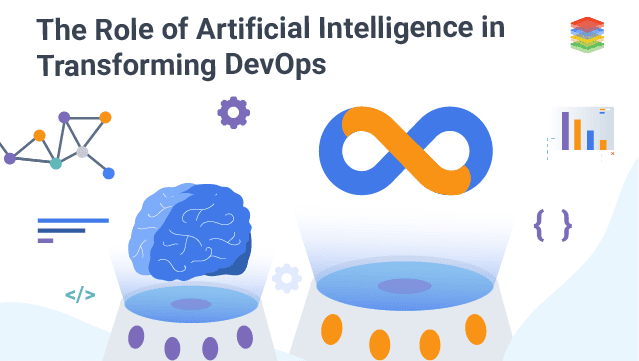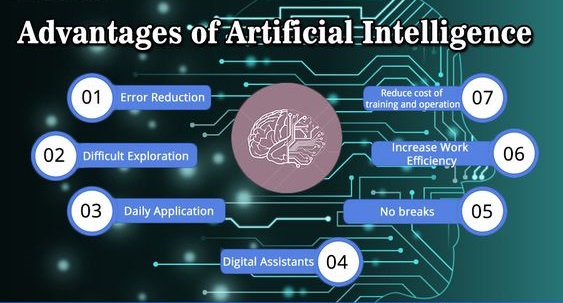The Scope of Artificial Intelligence in DevOps
With everything in the
technical world is going towards improvement, DevOps has a huge potential
to transform itself by integrating AI in the process as DevOps has the majority of
repetitive work. Automation supported by AI addresses today’s complex requirements
easily with more clarity. In DevOps, more than a third of four tasks can be done
with AI and the remaining work can be monitored and done by the experts to fill the
hue of excellence to the performance. With development teams leading towards
Continuous Testing, the Test Automation technique needs to get smarter to be
more effective in the delivery pipeline. DevOps has a yet lot more ground to
embrace AI in various ways. AI has the capability to develop, execute and perform
automated tests under human supervision without any kind of interruption. Combining
AI with DevOps has the potential to get developed with
excellence improvisation. In this blog, we have discussed the scope of AI in DevOps.
In order to make DevOps
AI-driven, the following steps, need to be taken to leverage the maximum potential.
1. Test Runs And Executions:
2. Test Case Maintenance:
3. Examining Test Failures:
While examining a
failed test, experts check whether a failure has been occurred because of
system infrastructure or application formulas, which consumes a lot of time and
manual labor. Even if they ran all their tests in such cases, they would still
need to debug all failed tests manually one at a time before filtering similar
failures. However, a machine too can look for similar failures in the remaining
test, with all the prior information available, side-lining the task of
debugging each file manually. Moreover, with AI-based Test Automation, a failed
test can help to identify another affected test along with analysis of
cause, resulting in solution for a various failed test. With existing data of
test failure reasons, AI can execute upcoming tests with improved stability.
4. Test Development:
While developing a test
automation project, a huge volume of experts, time, and efforts are required.
However, AI tools can weigh this down in many ways. Creating automated test
scripts based on required documents using NLP techniques can ease the task.
Secondly, with UI based application, it is possible to navigate through each
page and generate automated tests. Additionally, Test Bots can be trained to
perform specific actions with installed data. Another way to access AI is
leveraging visual recognition for GUI-based applications.
5. Embracing Latest APIs:
To make DevOps embedded
with AI, it is best to motivate development experts to work on advanced APIs
like Azure and AWS which allows AI deployment into their software without
creating self-developed models. Additionally, experts can invest their valuable
experience in integration of add-ons like voice-to-text and various others
advanced trends.
6. Pre-trained Model:
A well-scripted, pre-trained model supports identifying the user behavior or inputs in a particular search. Add-ons to this model can generate improvised results which
can match with users’ behavior pattern completely. The pre-trained model acts as an experimental trial towards AI-based adoption.
7. Using Free Data
Public data sets are
highly useful in the initial training phase of AI adaption. Using public data
may not fulfill all the requirements of the project but it can certainly help
you fill the gaps to enhance the viability.
8. Continuous Exploration
Development experts should keep looking for the latest updates related to AI. Companies can encourage staff to engage in research that could be useful for their next project or giving access to AI sandboxes and general-purpose APIs without any extra formalities of the corporate procurement process.



Comments
Post a Comment